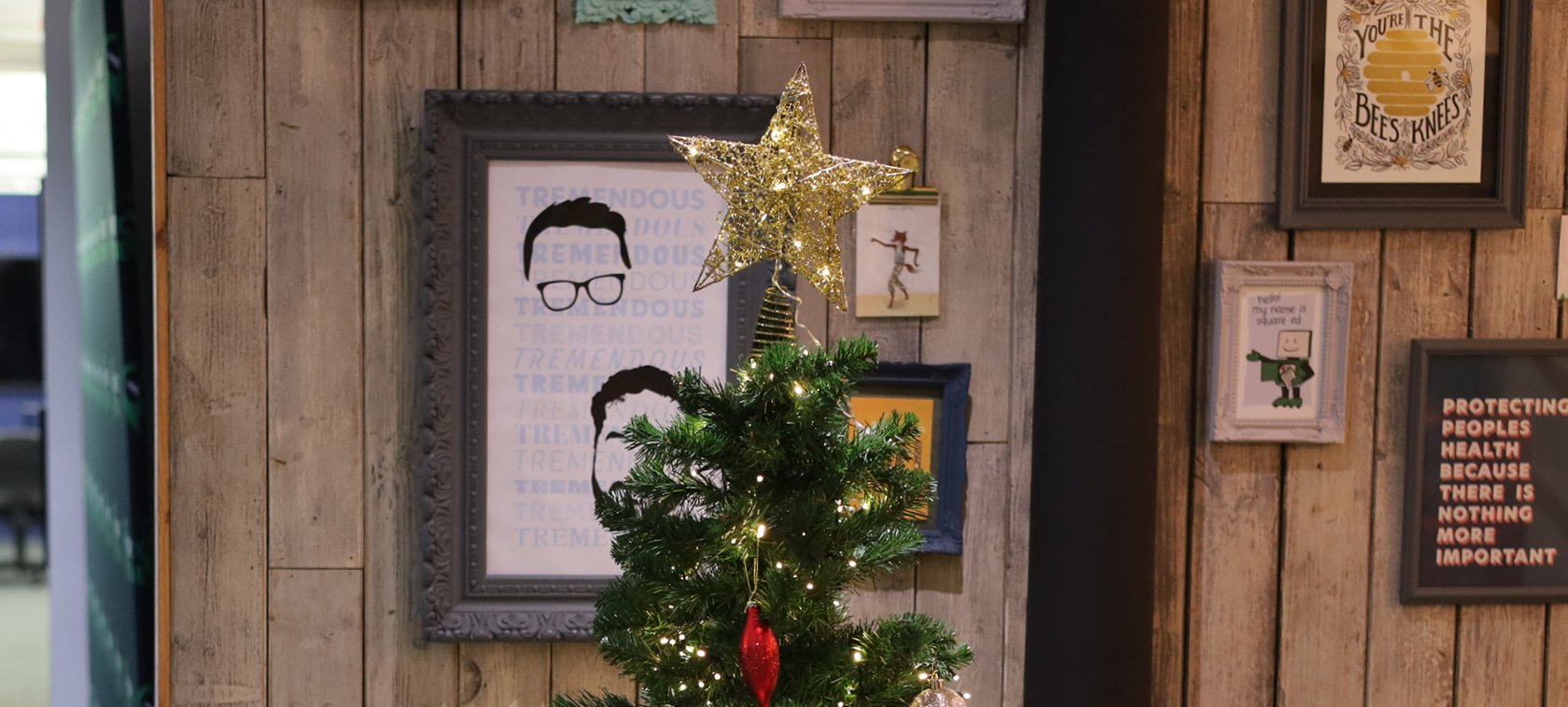Embedding a safety culture is key in any successful business, and the way to achieve this is changing. We take a closer look at some of the reasons for this, and also why the change is necessary.
Driving safety performance through critical work behaviours
In the early days of commercial air flight, most plane crashes were put down to technical failures. However, a series of airplane disasters in the 1970’s pointed to another possible factor – cockpit behaviour. Whilst the flight crews in question demonstrated high levels of technical competence, it was their ability to communicate and check shared understanding that proved to be the critical source of failure. The aviation industry, along with a team of psychologists began a process that would revolutionise future pilot training. Analysis of the cockpit conversations, held before and after accidents, suggested there had been failures in leadership, team work, communication, assertiveness and decision making. It showed that a lack of the ‘right’ behaviours could be just as risky as a lack of technical ability.
The human face of safety
Attitudes to managing safety are changing and improving safety culture is evolving from the ‘traditional’ phase (Pybus, evolution of safety 1996), which looked primarily at controls and management systems. People, and their behaviours are becoming increasingly important when considering safety performance. Using a behaviour based safety (BBS) approach is gaining recognition as a method to further reduce accident/incident rates. But, to be effective, BBS requires a clear understanding of what those ‘safe behaviours’ are, how to spot them and how to encourage them.
Technical versus behavioural competencies
Here in the UK, the list of technical competencies required of an HSE professional can sometimes exceed 30. From a recruiting point of view that represents a level of detail that can be somewhat unwieldy. None the less, technical competence is not something that can, (or should) be bluffed. Behavioural based approaches to safety improvement will only work when the engineered and procedural systems are working properly.
Tony Gower-Jones, formerly HSE Director in Centrica, explains it’s important to have the right balance of skills,
“There has to be enough technical knowledge to understand the risks, and the controls. You’ve got to ask the right technical questions, otherwise you’ll have no credibility, and, more importantly, put people at risk.”
For example, a line manager who demonstrates all the right safety behaviours, but doesn’t have sufficient technical competence, can be, according to Tony, a ‘loose cannon’. “They can become very passionate about a safety issue that’s just not critical, or in the best interest of the organisation’s risk strategy.”
On the other hand, Tony adds “At the same time, you might have a brilliant safety process specialist, who meets every technical competency required. But if they don’t have the right communication skills, they won’t make any impact on the business.” It’s all about balance.
Getting the balance right
For Tony, the right balance between technical and behavioural competencies should be a 60/40 bias towards the technical. Some organisations he believes, are beginning to identify critical safety behaviours, but he says, “There is no one company, or industry really leading the way in this area. The aviation and oil and gas sectors are still slightly ahead, but military, energy and other sectors are catching up. The medical sector in terms of patient safety is an emerging area.”
To enhance safety performance and effect cultural change there needs to be a strong partnership between managers and employees – ideally forged on an alignment of individual and organisational values. With the emphasis on people and their behaviour, safety should be a key part of the recruitment strategy. Rather than training new colleagues in the right ‘safety behaviours’ when they join an organisation, it makes more sense to assess for them at the point of hire. By assessing for desired behaviours during the selection process you will save on time and resources.
The need for ‘soft skills’
Despite the importance of having the right balance of technical and non-technical skills, there can often be a lack of consistency when it comes to hiring strategies. One reason for this could be that identifying technical competencies is more straightforward. They are underpinned by professional qualifications/ certification. Also, knowledge of latest legislation and safety policy can more easily be cross-checked or assessed by a peer. It’s an emphasis on ‘Can they do the job?’ Assessing behavioural competencies sits more in the realm of ‘How do they do the job?’ – which lies at the heart of building a safety culture through behaviour.
It was this skills gap, showing an imbalance between technical and non-technical skills in potential candidates, that led Ruth Gallagher, Safety Improvement Director at Heathrow, to source members of her safety team internally. Ruth identified existing Heathrow employees who had the right behavioural competencies for her team. Specifically, the ability to ‘story tell’, influence and make an impact. She worked on the assumption that the technical knowledge needed for the roles could be learnt on the job. It means that she has a team of safety professionals who not only have the right balance of skills, but they all understand safety within the context of Heathrow’s business and operational pressures.
Ruth says, “There is a general skills gap; it’s hard to find the right candidates in the market.” She adds, “That’s compounded by the fact that there is no real apprenticeship route for HSE professionals. And for HSE professionals currently working in SMEs, there are few opportunities to develop, and be mentored in the soft skills, so important for future safety leaders.”
Identifying behavioural competencies
One of the most effective ways of prioritising the key behavioural competencies that your business needs is to identify what the best practitioners do to achieve consistently high performance. They can include interpersonal and cognitive skills that complement a safety employee’s technical ability. They could also include establishing a shared vision, situational awareness, decision making, managing conflict, change management, and team working. However, every business is unique, and when it comes to identifying the critical behaviours to promote your safety culture – specificity is key. Moreover, to stay relevant and keep pace with the rate of change in the business world, those competencies will need to vary and adapt over time.
“Safety is a value-added service” says Ruth, “established safety professionals are changing their approach. It’s about addressing ‘What is great safety? And how do we deliver it? – It’s much more of a service mentality.”
For Ruth’s team at Heathrow that means developing their coaching and influencing skills. “We work with a wide range of stakeholders who all have different safety concerns. Our aim is to work in partnership, identify their needs, using their own language and terminology. It’s much more about listening and empowering them to integrate safety with all their business decisions. Safety is about choice – our job is to bring those choices to life”.
Ruth has found that bringing safety choices to life means you must translate the technical and legislative, into meaningful, real life scenario’s. It’s tapping into how people ‘feel’ about safety, and inspiring action through emotional engagement. This requires skills that are highly people focussed rather than task focussed.
Competency frameworks help identify the right safety professionals for your business
Organisations with a strong safety culture, start with a shared vision of what that looks like. A vision communicated at every level of the business and, critically – assessed for at the point of recruitment, and measured through performance appraisal. Hiring Managers and team leaders receive competency based assessment and appraisal training and the right behaviours (not the incident frequency) is interwoven into a balanced scorecard.
It’s this approach that will genuinely embed safety within your company culture and all your business processes.
Shield Safety’s Resourcing Team are developing a tool to support you in identifying these behavioural competencies during your recruitment process. To be the first to hear about this framework, or for more information on how this will benefit your organisation, simply fill in the form below or call 0203 740 3744.
[gravityform id=”10″ name=”Get in Touch” ajax=”true” title=”false”]



